The Google Pixel 7a (review), priced at Rs 43,999, has just made its way into the Indian market. In more ways than one, the 7a resembles its older sibling, the Pixel 7 closely. The result is a flagship-grade camera setup that is likely to be the best in its price range. I have said as much in my full review of the Pixel 7a but for complete clarity, the handset needs to go up against its Android competition. In this camera comparison, I have chosen this smartphone to be the OnePlus 11R (review), with a retail price pretty close to the Pixel 7a. Who comes out on top in this battle of the budget flagship cameras? Let’s find out.
Before starting the comparison, let’s just put out each phone’s camera specs. The Pixel 7a comes with a 64MP primary camera which is paired with a 13MP ultra-wide lens and a 13MP selfie camera on the front. On the OnePlus 11R’s side, the main sensor is a 50MP Sony IMX890 lens while the supporting cast includes an 8MP ultra-wide sensor and a 2MP macro shooter along with a 16MP selfie shooter.
Table of Contents
Low light shot
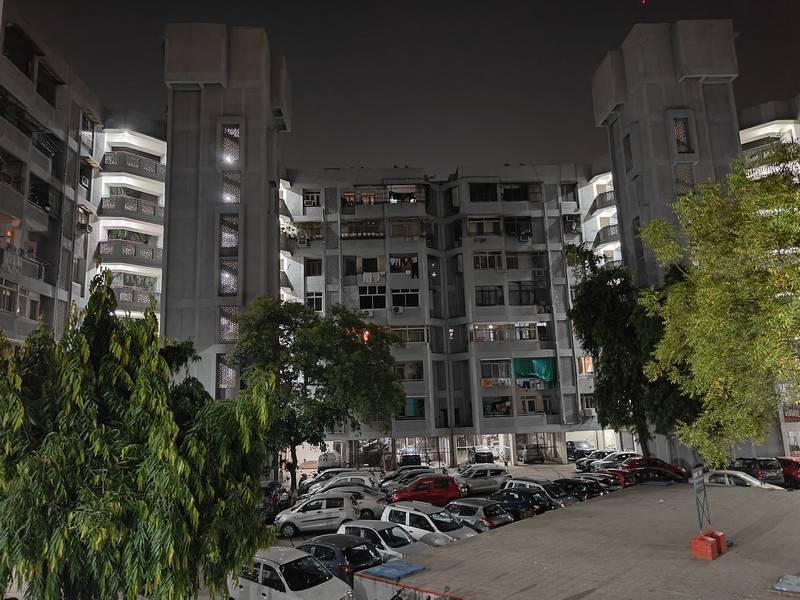
In this image of an apartment building and a parking lot below, both the Pixel 7a and OnePlus 11R do a very nice job of controlling noise levels while not artificially boosting exposure. A bit of lens flare is visible on the 11R’s image if you look at the white floor lights on the left but apart from that, there’s really not that much difference. In terms of detailing, the tree leaves on the right of the frame are more pronounced when looking at the 11R but the 7a is more accurate with the buildings. Overall this round definitely deserves a draw as it is difficult to choose which is better between the two shots.
Winner: Tie
Night mode shot
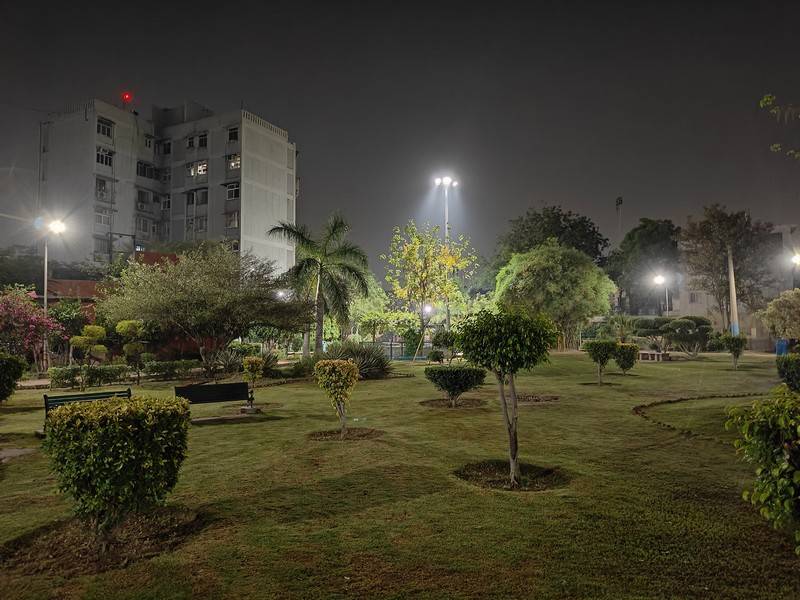
Google is known for its Night Sight camera feature that, when enabled, delves deep into computational fine-tuning to generate a rather extraordinary image. Unfortunately, that has not been the case with the Pixel 7a, as the OnePlus 11R’s own night mode has taken a superior photo. Just take a look at the details on the ground and the crispness of the tree being illuminated by the floodlight in both images. The OnePlus 11R has done an all-around job with the focus and metering exposure levels while the Pixel 7a falters in both. One thing that is in favour of the latter is that the night scene has been retained to a greater effect while the 11R sets up a slightly warmer tone with a yellowish tinge. This round goes to the OnePlus 11R.
Winner: OnePlus 11R
Daylight landscape shot
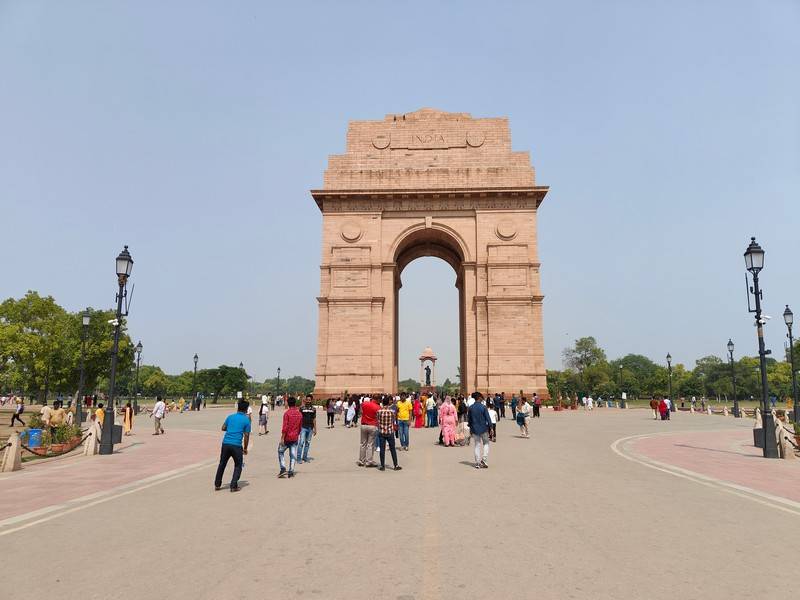
Looking at how both phones have churned out this image of the India Gate, there can be a case made for both shots. The more faithful representation of the colours will go to the Pixel 7a. However, there is just that extra bit of detailing on the OnePlus 11R, especially when you zoom in to read the inscription at the top of the gate.
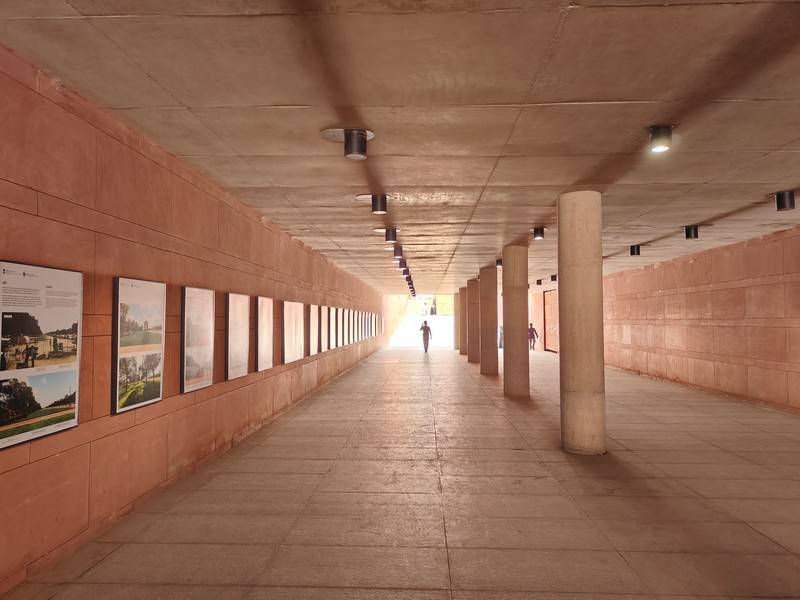
In this second shot, which I took to gauge the dynamic range on offer, the Pixel 7a falters a bit. You can see that at the end of the tunnel, the image is completely washed with only the silhouette of the person visible. The OnePlus 11R does correct the dynamic range to a certain extent but then overtly brightens up the rest of the shot while also changing the colours. This round is a tight one so I will call it a draw.
Winner: Tie
Ultra-wide shot
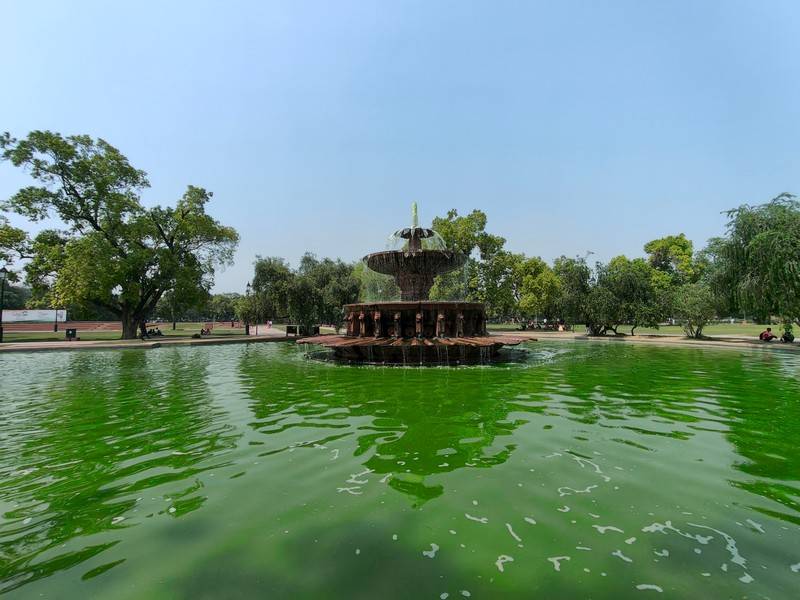
Both phones exhibit a knack for taking great ultra-wide shots with ample detailing and dynamic range. The one thing I did find lacking in the OnePlus 11R image is the boosted saturation levels which turn the already dark green water into an even deeper shade of green. Also, the trees in the shot and the fountain in the centre get the same treatment. The Pixel 7a on the other brings much more realism in the shot and even has a shade of extra sharpness across the frame. This round will go to Google’s offering.
Winner: Pixel 7a
Portrait shot
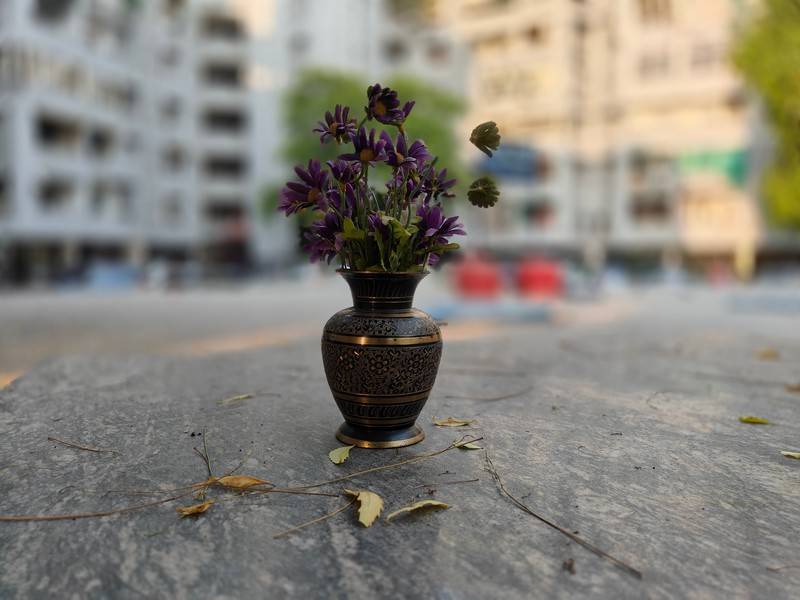
Since neither phone has a dedicated telephoto sensor, they each have to rely upon their individual computational chops to get that sweet bokeh shot. Looking at the OnePlus 11R, the background blur applied is rather strong but it also makes the vase stand out distinctively. However, in terms of both exposure and detailing the Pixel 7a takes the cake in this shot. I also prefer the phone’s tastefully done softer blur on the background. As far as edge detection goes, there is nothing to separate the two images. In my opinion, this round is taken by the Pixel 7a.
Winner: Pixel 7a
Selfie
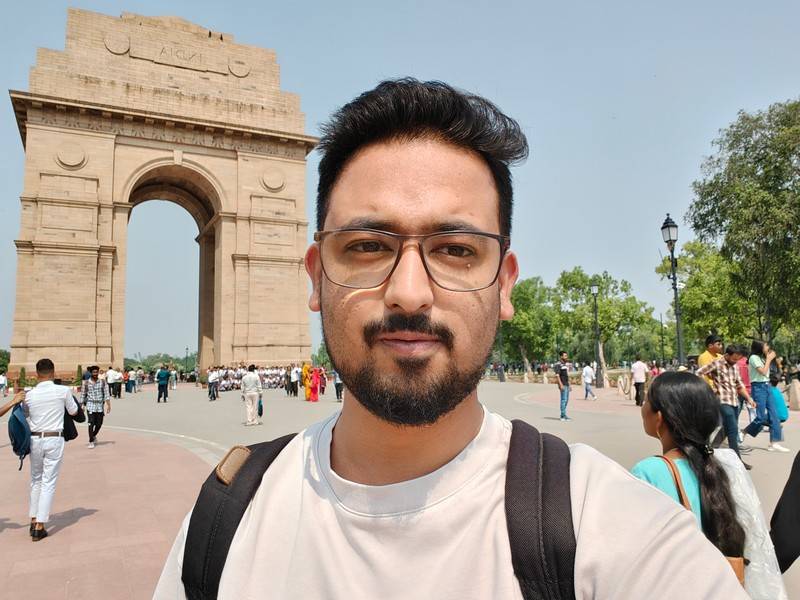
The selfie camera on the Pixel 7a is quite good at capturing skin tones and facial details. That much is evident in this selfie that I took near the India Gate and you can see even the perspiration on my forehead as I stood there in the heat. On the other hand, OnePlus 11R does some retouching on my face, brings in lighter skin tones, and in general gives the image a slightly artificial look. This round can be given to the Pixel 7a as well.
Winner: Pixel 7a
Final verdict
From the comparison, it’s evident that both the OnePlus 11R and the Google Pixel 7a are pretty good at photography. The final tally is very much in favour of the Google Pixel 7a, but it is worth noting that the 11R wins in night photography and ties in daylight images. While I would probably prefer the Pixel 7a personally, I can safely say that casual photographers won’t be disappointed with either option.








![[Exclusive] iQOO Z9 Turbo to launch as iQOO 12 Lite globally in Q3 2024 Thumbnail](https://www.91-cdn.com/hub/wp-content/uploads/2024/04/iQOO-12-Lite-100x70.jpg)
